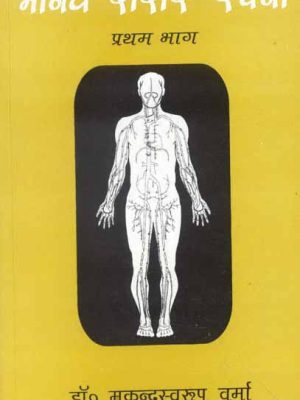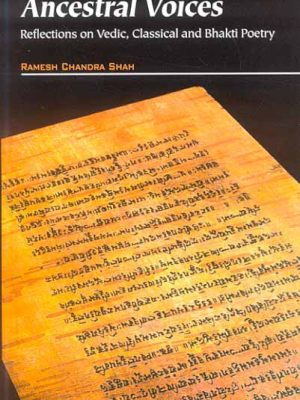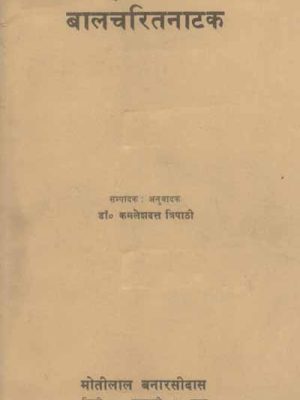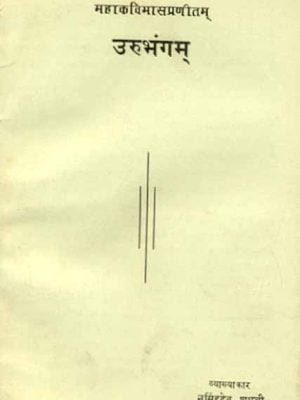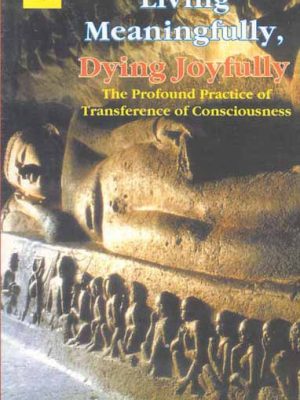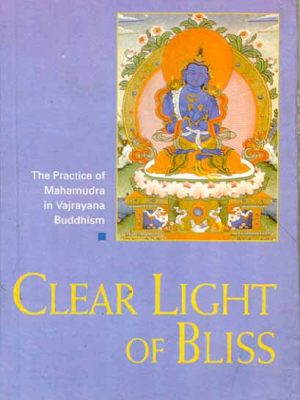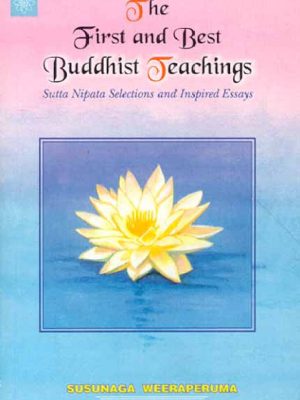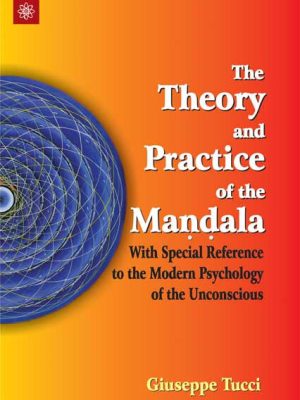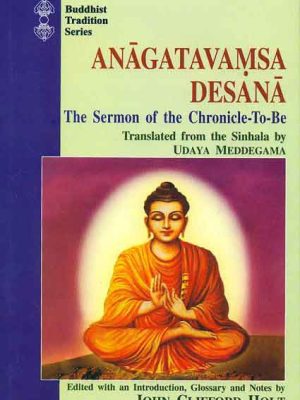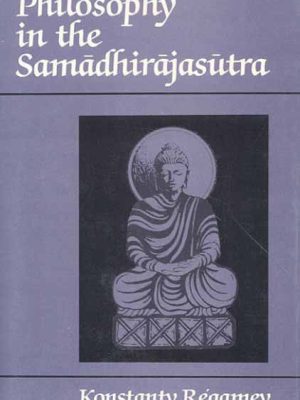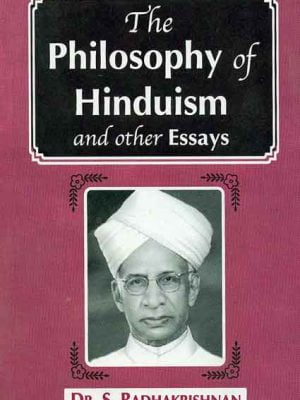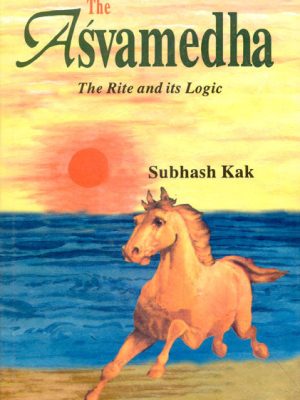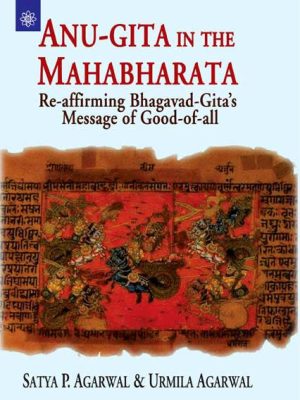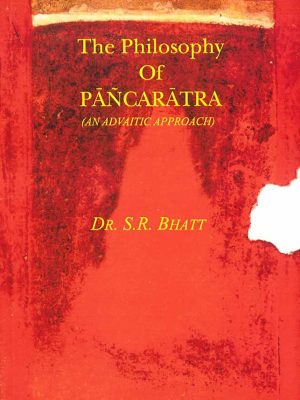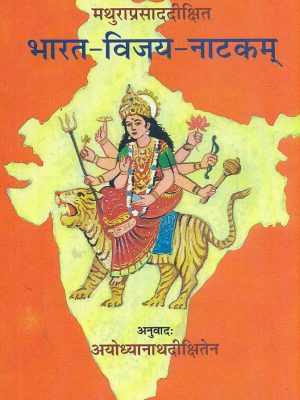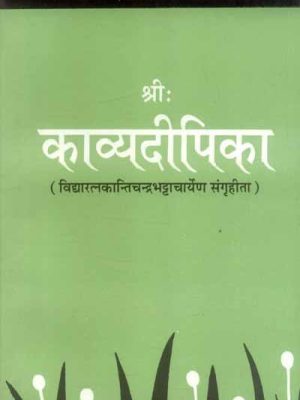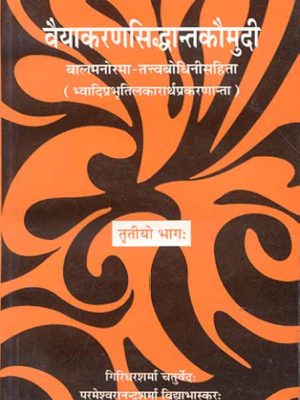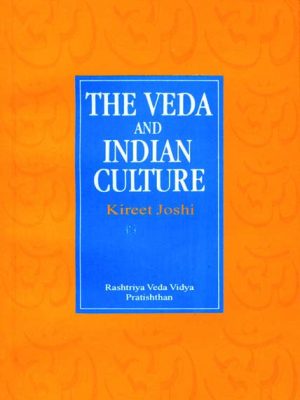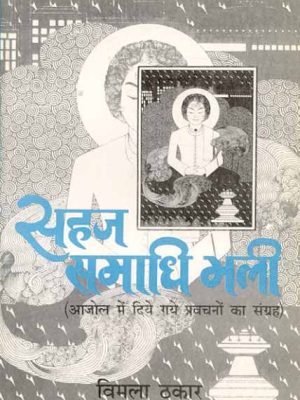Motilal Banarsidass
-
-
-
The Philosophy of Hinduism and Other Essays
The Philosophy of Hinduism and Other Essays
In the Philosophy of Hinduism – Dr. S. Radhakrishnan, has explained the central features of faiths of Hinduism, its philosophical and spiritual doctrine, religious experience, ethical character and traditional faiths. Hinduism is a process and not a result, a growing tradition and not a fixed revelation as in other faiths. He has compared the Christanity, Islam and Buddhism in the light of Hinduism and stressed that ultimate aim of these religions is the attaintment of universal self. The analysis of religions is highly intellectual and balanced looking to whole hearted response he received for these lectures in U.K. He has been then aclaimed as another Vivekananda. The articles in the book reflect the mind of this great philosopher.
₹250.00 -
The Asvamedha: The Rite and its Logic
The Asvamedha: The Rite and its Logic
This article explains many specific characteristics of the Vedic sacrificial system by describing the ritual known as “Asvamedha” and the symbolism associated with it. Within the framework of Vedic epistemology, a number of inquiries about the Asvamedha are addressed, along with their respective answers. This rite serves three important purposes: I it presents an equivalence of the naksatra year to the heaven, implying that it is a rite that celebrates the rebirth of the Sun; (ii) it is symbolic of the conquest of Time by the king, in whose name the rite is performed; and (iii) it is a celebration of social harmony that has been achieved by the transcendence of the fundamental conflicts that exist between various sources of The comprehension of numerous of its particulars is aided by the use of numerical concepts taken from another Vedic ritual known as the Agnicayana.
Author
Subhash Kak
₹250.00 -
Anu-Gita in the Mahabharata: Re-affirming Bhagavad-Gita’s Message of Good-of-all
Anu-Gita in the Mahabharata: Re-affirming Bhagavad-Gita’s Message of Good-of-all
The purpose of writing this book is to make available to English-knowing readers, an easyto-read version of Anu-Gita. Although Anu-Gita is an important part of the Maha-bharata, it has so far not been presented in a simple form to common people, with the result that most people do not even
know that such a book exists. The prefix ‘Anu’ denotes ‘after’, so Anu-Gita literally means ‘Gita occuring after’. In the Mahabharata, Bhagavat-Gita occurs in Parva No. 14. (In all, there are 18 Parvas in the Mahabharata).
It is well known that the Gita was taught by Lord Krishna to Arjuna on the battle field of
Kuruksetra. So it was a time of crisis at the time of Anu-Gita. In fact, the Mahabharata war was over and peace was established in the Kingdom, under the rule of Yudhisthira (whom every one including Arjuna supported).
But the format of Anu-Gita is different from that of the Gita. In the Gita, there was dialogue between Krishna and Arjuna. On the other hand, in Anu-Gita, Krishna makes use of three ancient
dialogues. Because of this, Anu-Gita has a lot of repetitions, which have made it longer than the
Gita. For example, Anu-Gita has thirty-six chapters (compared to eighteen chapters in the Gita), and 1040 shlokas (compared to 700 shlokas in the Gita). In order to present Anu-Gita in an easy-to-read version, the authors have omitted the repetitions, and have selected 400 shlokas. But they have retained all the main teachings of Anu-Gita.
Most people (even in India) have not heard the name of Anu-Gita. This is so because, although Anu-Gita is an important part of the Mahabharata, no scholarly study of it, in a simple language, has so far been published. This gap will be filled by this pioneering book, which explains under what circumstances was the Gita taught by Lord Krishna to Arjuna, for the second time. This book is divided into two parts. Part I presents the Sanskrit-shlokas of Anu-Gita, along with their translation in simple English. Part II explains the main points of similarity, as well as dissimilarity, between Gita and Anu-Gita.
Author
Satya P. Agarwal
₹250.00 -
-
The Veda and Indian Culture: An Introductory Essay
The veda and Indian culture
The author has presented the quintessence of the Vedic message in a few brief chapters, and the language is deliberately non-technical. There is a growing thirst among young people who want to be introduced to the secret of the Veda and to understand how various developments of Indian culture are rooted in the Veda.
₹275.00
